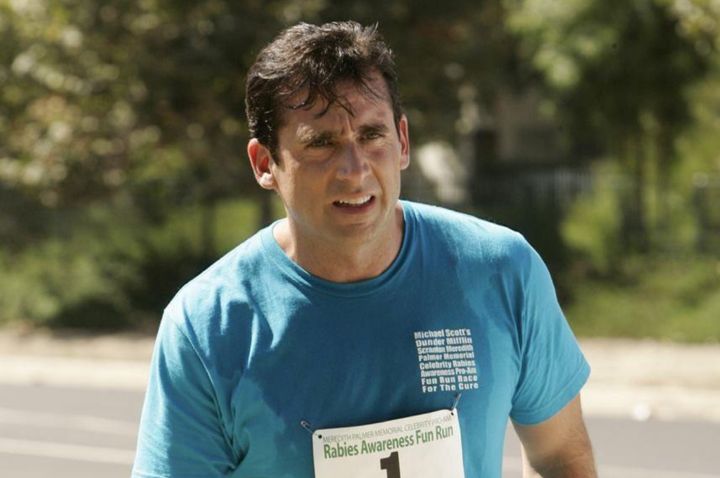
There’s no doubt about it; running is pretty great for you.
John Hopkins Medicine shared that the sport benefits your mental agility; Healthline revealed that running for just five to ten minutes a day can reduce your risk of death from heart disease, strokes, and more; an expert told GQ that “it recruits practically every muscle in the body.”
And the good news continues; if you’re exhausted by the prospect of sprinting a 10k a day, that’s okay.
The Guardian referenced a study which suggests the benefits of the sports may peak at 30 miles a week; meanwhile, some researchers think that running at a moderate pace might be even better for you than hoofing it across the park.
How come?
According to Anglia Ruskin University, evidence shows “low running may in some ways be more beneficial than training at higher intensities.”
New Scientist also says “going at a more leisurely pace can bring a range of health benefits, from heart function to mental well-being, while avoiding the downsides of pushing your body to the max.”
That’s part of the “slow-running movement,” both sources agree. The phenomenon focuses on “zone 2 training” ― working out at about 60-70% of your max effort.
“Surprisingly, elite runners spend around 80% of their time training at what’s termed zone 2 running – a running pace which raises your heart rate, but is still slow enough that you can hold a conversation,” ARU shared.
“Only around 20% of their training is done in the higher intensity zones, which are closer to their race pace.”
That may help to reduce the amount of strain, stress, and risk of injury, the experts say; it might also improve your base level of fitness, as level 2 exercise gets your heart near or at its maximum oxygen output despite not stressing the rest of you out so much.
And because zone 2 training happens below the lactate threshold ― where your body starts producing the lactic acid that makes your muscles ache and burn ― you might suffer less for more cardiovascular, muscular, and endurance gains.
Lastly, slow running for a longer period of time may help your body to “condition your body to use fat as its main energy source rather than carbs” as it demands more oxygen, an expert told Runner’s World.
Woah. So should I jog slowly forever?
Slow running has been shown to improve the PB of speedy runners (yep, really), and there’s nothing wrong with mixing your routine up.
To train like the pros, you might want to consider an 80/20 mix (80% of your runs being zone 2 runs).
If you’ve got a fitness tracker, you might be able to tell if you’re in zone 2 by calculating around 70% of your maximum heart rate and sticking at or below that.
But if you haven’t, try running at a pace where you can easily hold a conversation. When talking gets hard, slow it down.
On that note, I’m unusually excited to take my lunchtime run...